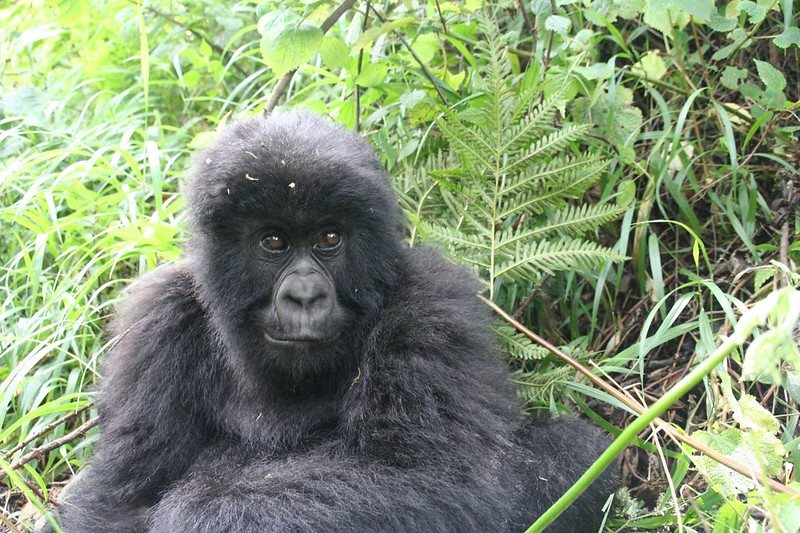How Many Gorillas Are Left in the World 2025 - 2026
How Many Gorillas Are Left in the World? Since its scientific discovery in 1902, the number of mountain gorillas has had a consistent reduction, with only 880 individuals remaining globally, all of which can only survive in the wild. Mountain gorillas are classified as severely endangered, and initiatives are in progress to prevent their extinction.
Where to see mountain gorillas
Mountain Gorillas inhabit natural environments in the Virunga region throughout four protected areas: Virunga National Park in the Democratic Republic of Congo, Volcanoes National Park in Rwanda, and Bwindi and Mgahinga National Parks in Uganda. Gorillas inhabit the wild, and it is uncommon for them to thrive in captivity.
What are the threats to mountain gorillas?
Since its scientific discovery, the mountain gorilla population has significantly diminished due to various factors, including habitat destruction by people and poaching. Nevertheless, the establishment of protected areas is anticipated to result in an increase in the mountain gorilla population.
Census of the mountain gorilla population
Population censuses are typically conducted in protected regions to ascertain the remaining number of mountain gorillas. The census is, however, uncoordinated, and the three countries do not conduct it simultaneously. Consequently, ascertaining the precise population of mountain gorillas at any given moment is exceedingly challenging. Uganda is presently conducting a population census for mountain gorillas, with the results for their populations in Bwindi and Mgahinga Gorilla National Parks to be announced shortly.
What distinguishes a gorilla from humans? Are mountain gorillas biologically analogous to humans?
Mountain gorillas exhibit a striking resemblance to humans, sharing 98.6% of our genomes and 99.6% of our DNA. Only chimpanzees exhibit a greater genetic similarity to humans.

Demographics and geographical distribution of mountain gorillas
Mountain gorillas inhabit two distinct regions: the Virunga range of extinct volcanic mountains along the borders of the Democratic Republic of Congo (DRC), Rwanda, and Uganda, and the Bwindi Impenetrable National Park in Uganda. Certain primatologists contend that the Bwindi gorillas could constitute a distinct subspecies.
Former Mountain Gorilla population
Since their discovery in the early nineteenth century, the population of mountain gorillas has drastically declined due to various factors, including habitat loss, unregulated hunting, warfare, civil unrest, and capture for the illegal pet trade; however, mountain gorillas seldom survive in captivity.
Current population of Mountain Gorillas
The number of mountain gorillas is gradually rising due to conservation initiatives, expanding from 620 individuals in 1989 to roughly 880 individuals now.
In what ways can gorilla trekking contribute to the conservation of mountain gorillas?
Mountain gorilla trekking is a highly sought-after tourism activity in East Africa, significantly contributing to the protection of mountain gorillas. The cost of a gorilla trekking permit is $800 in Uganda, $1500 in Rwanda, and $400 in the Democratic Republic of Congo. A portion of the fee for your gorilla trekking permit is allocated to conservation and research efforts, while another portion is directed towards community development and education surrounding the protected gorilla conservation zones, as well as infrastructural enhancement. Consequently, reserve your Gorilla trekking expedition with Gorilla Trekking in Africa to contribute to the conservation of mountain Gorillas.
